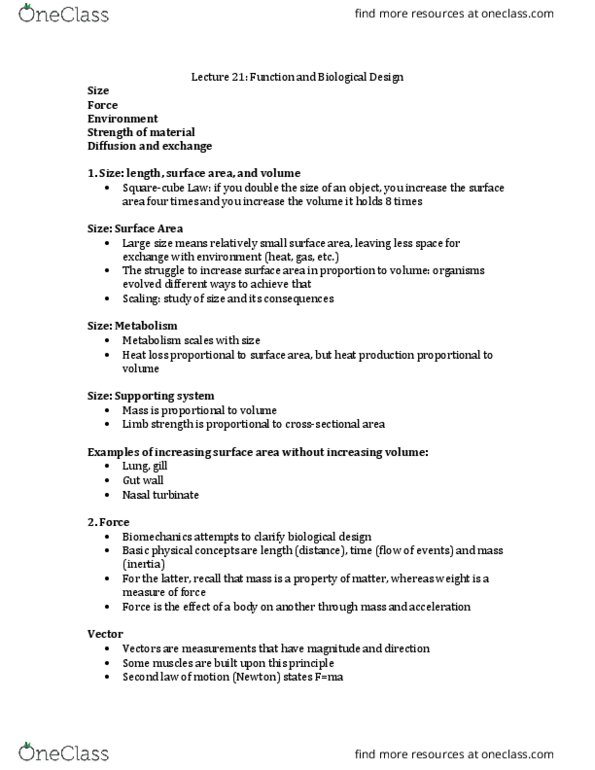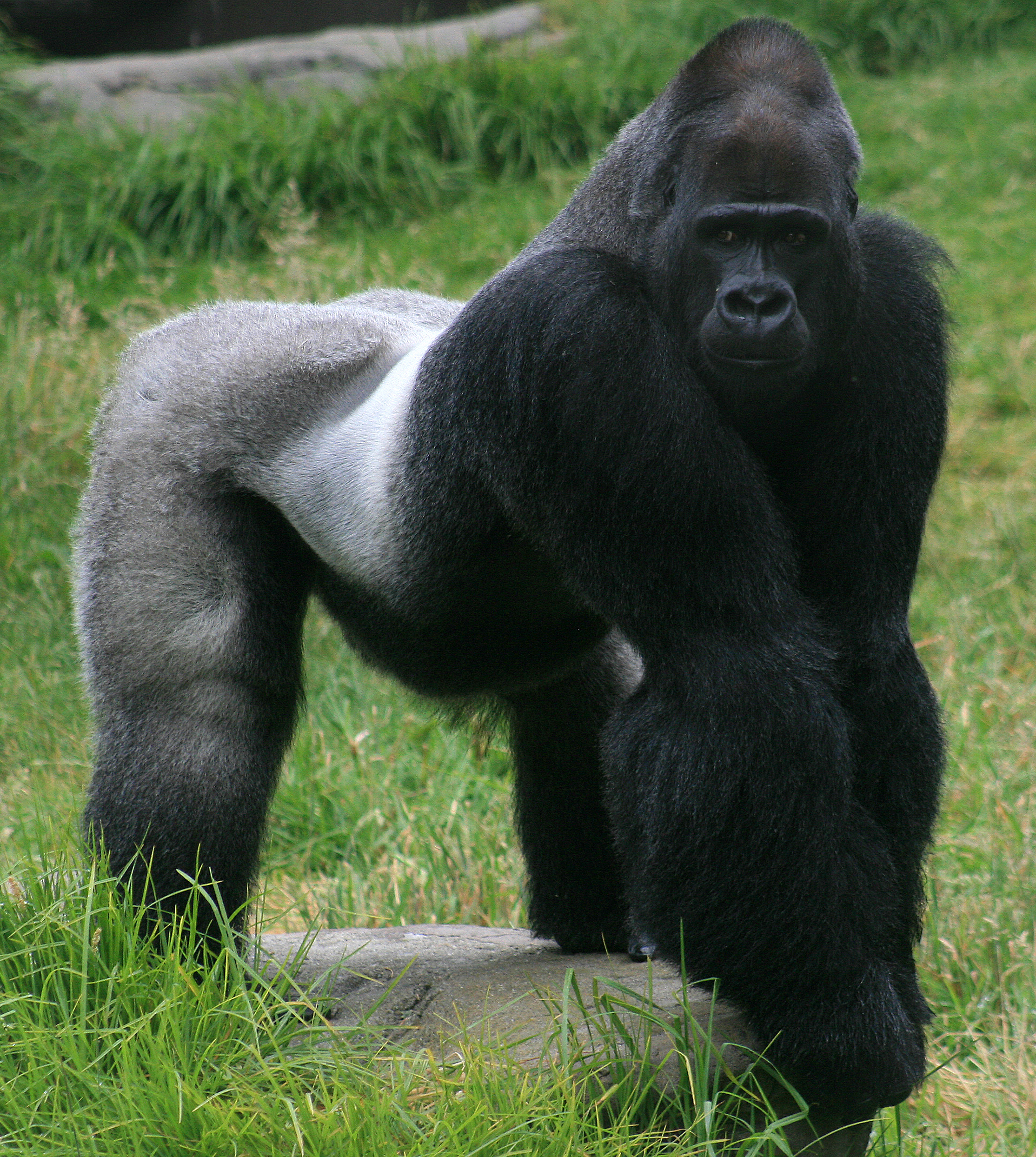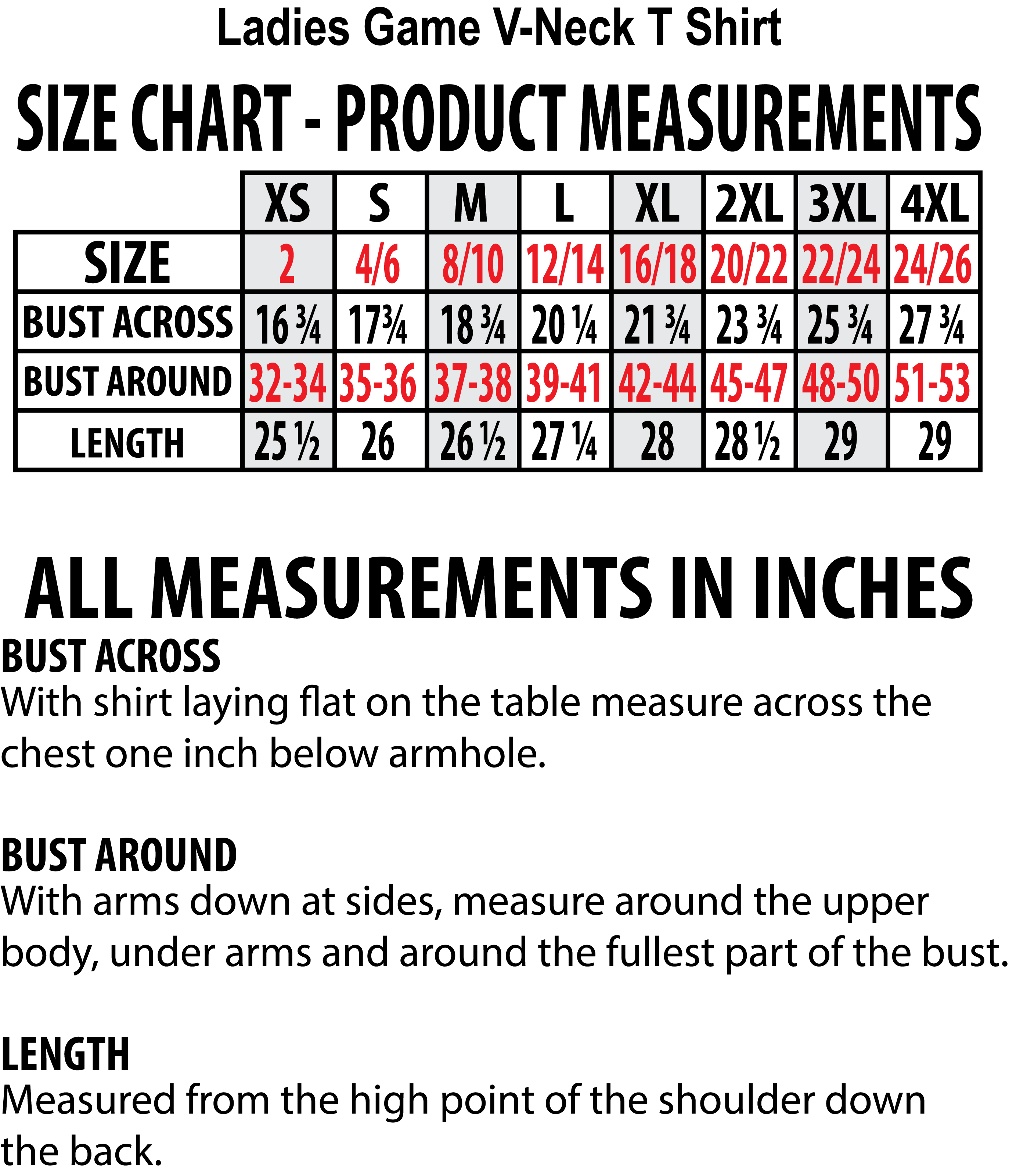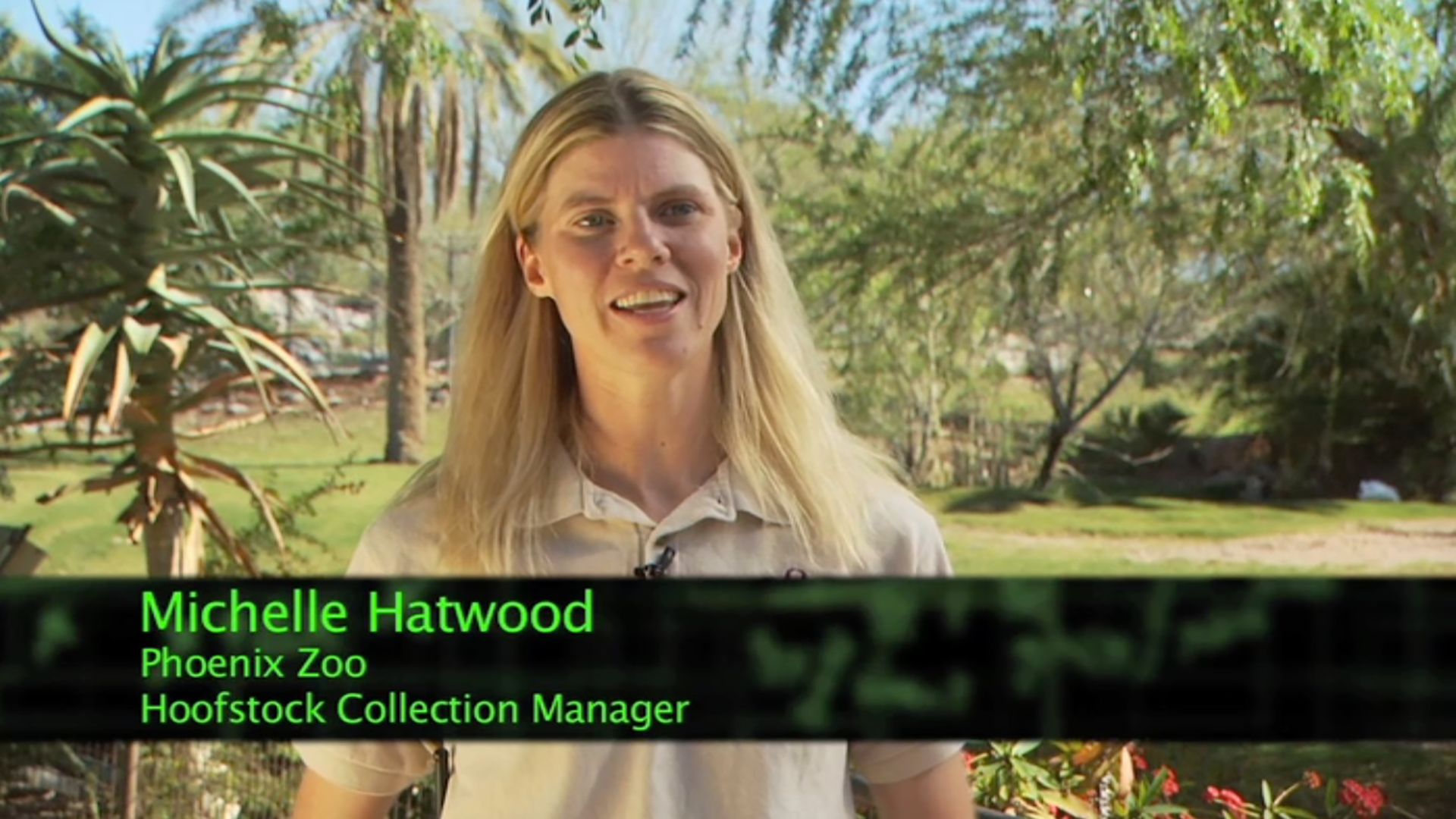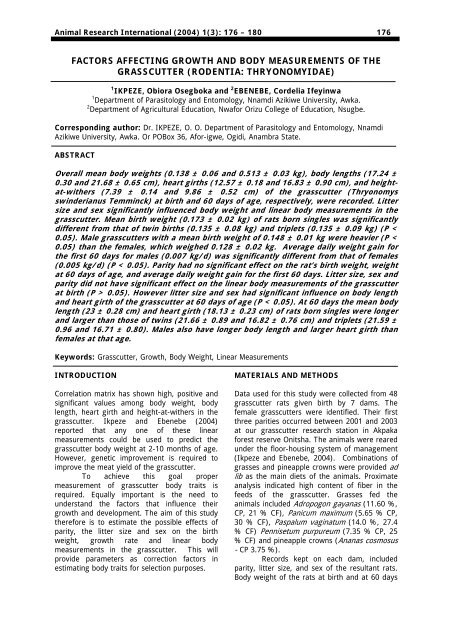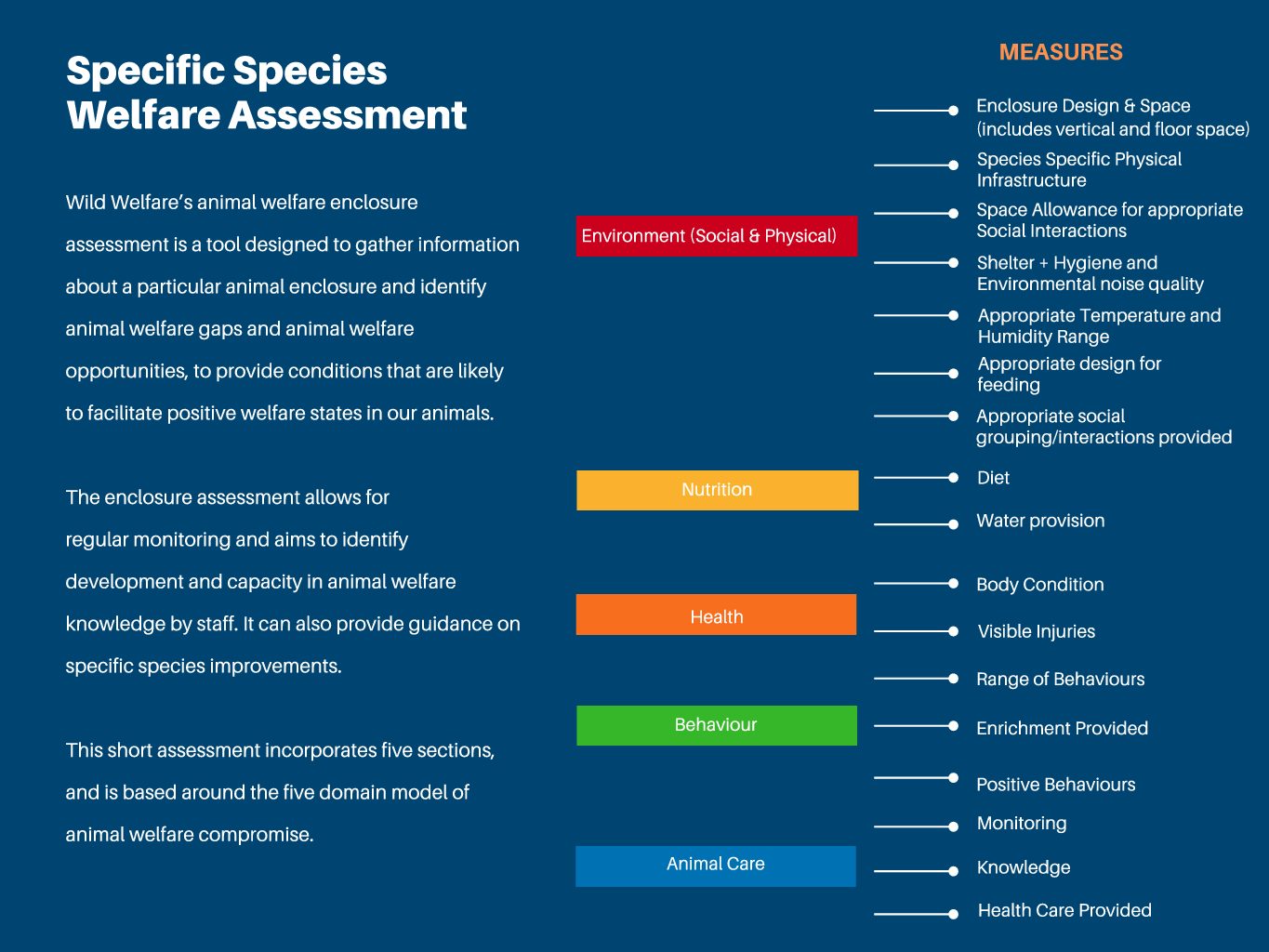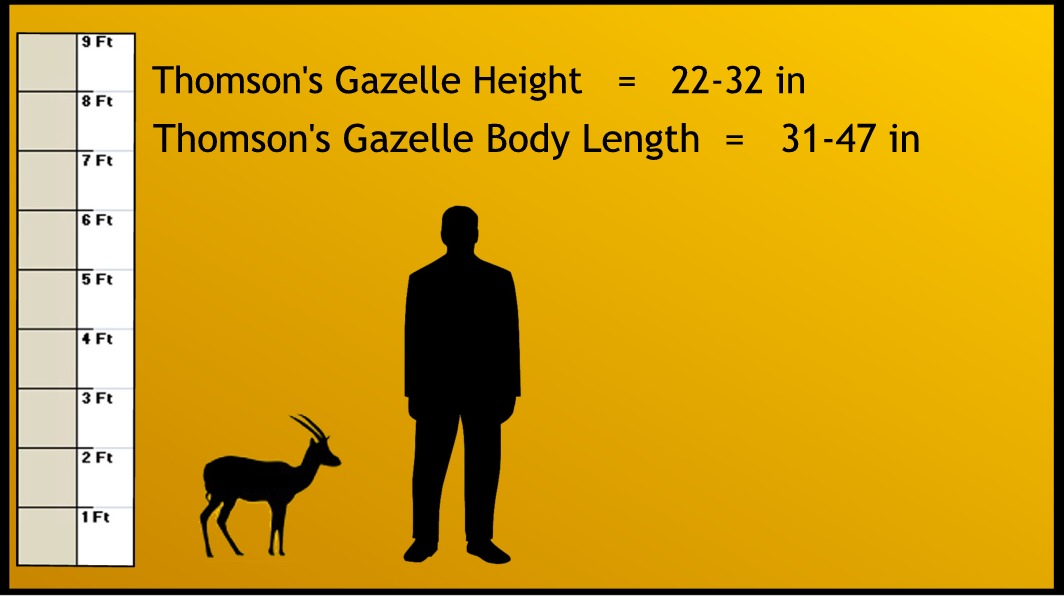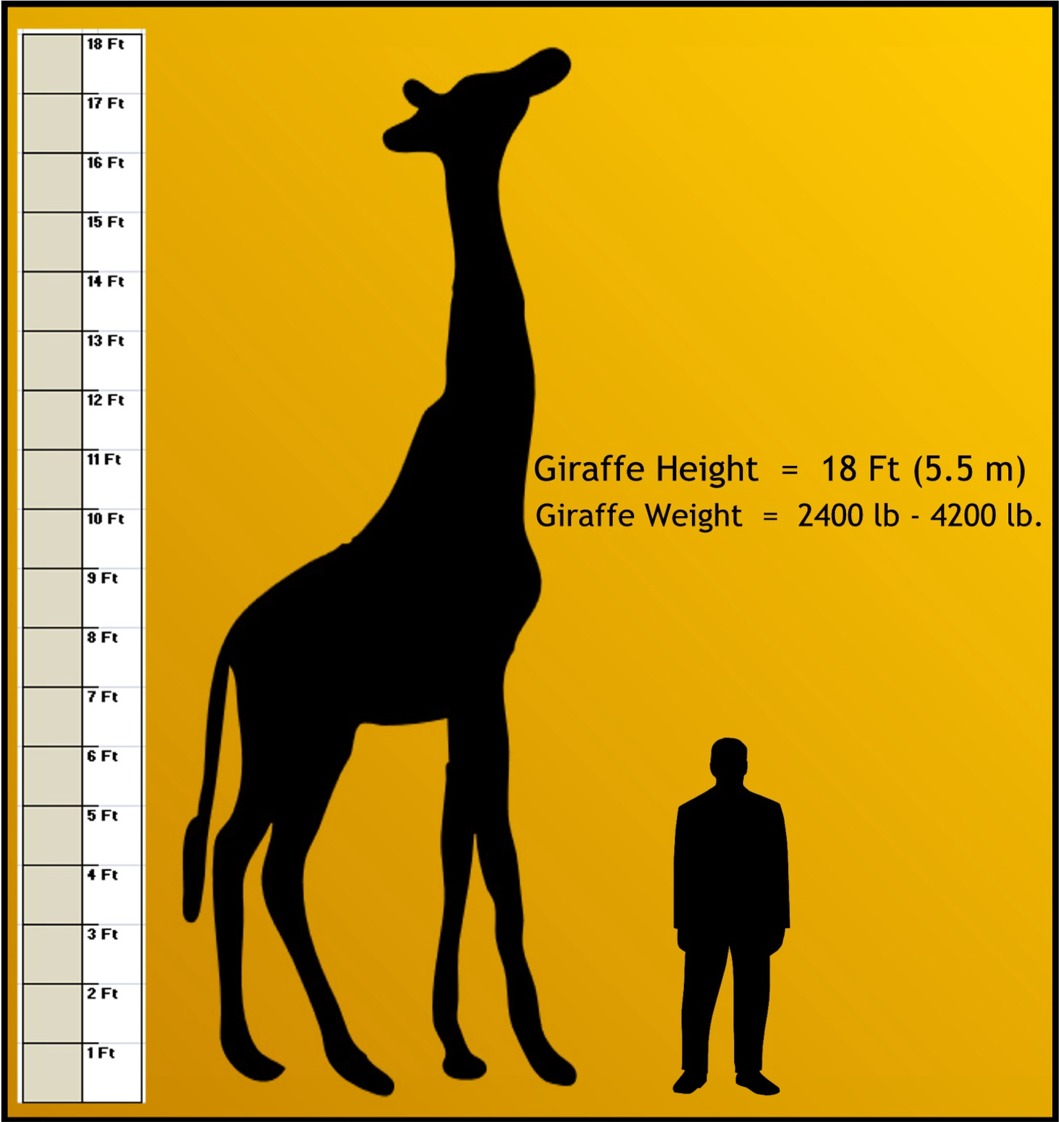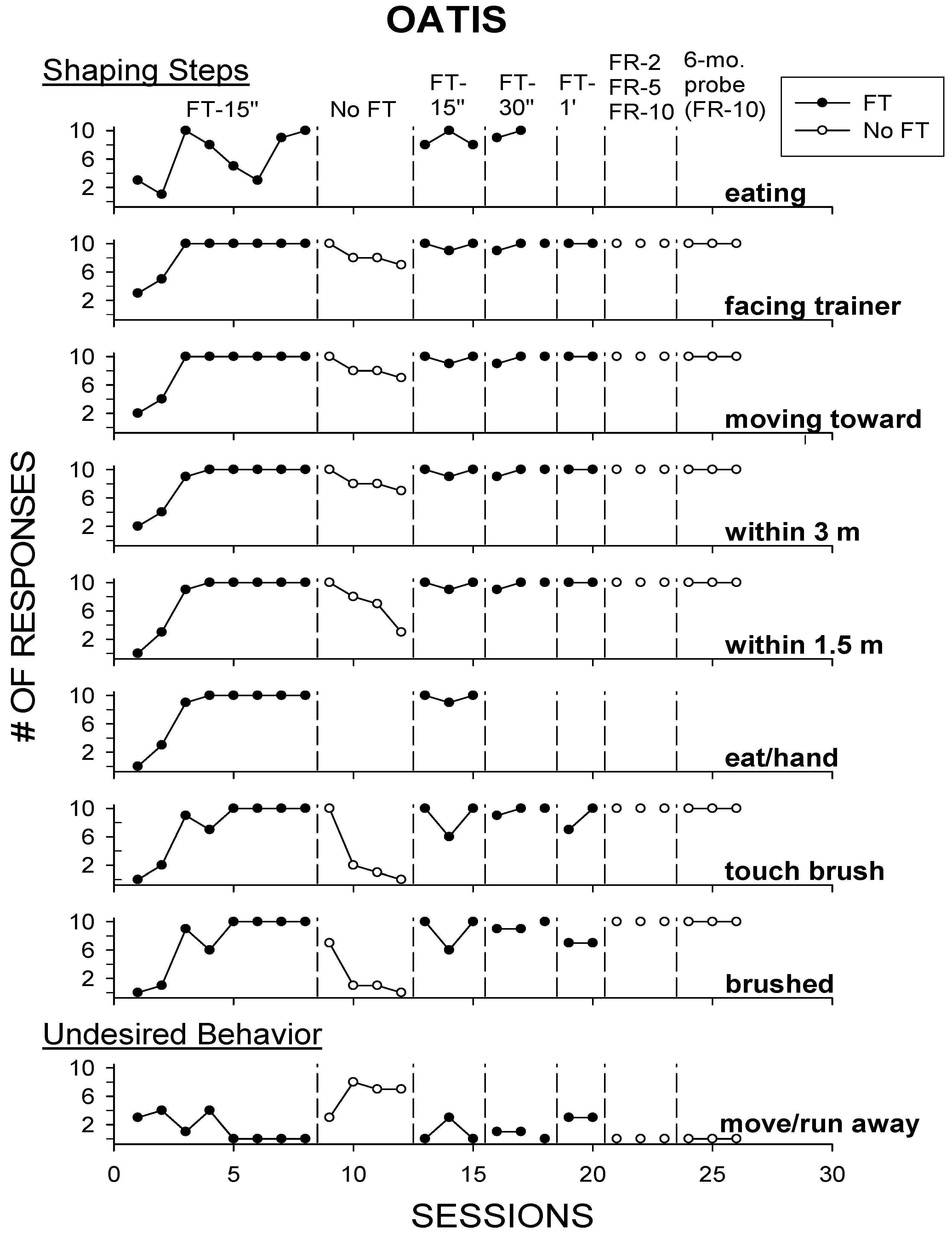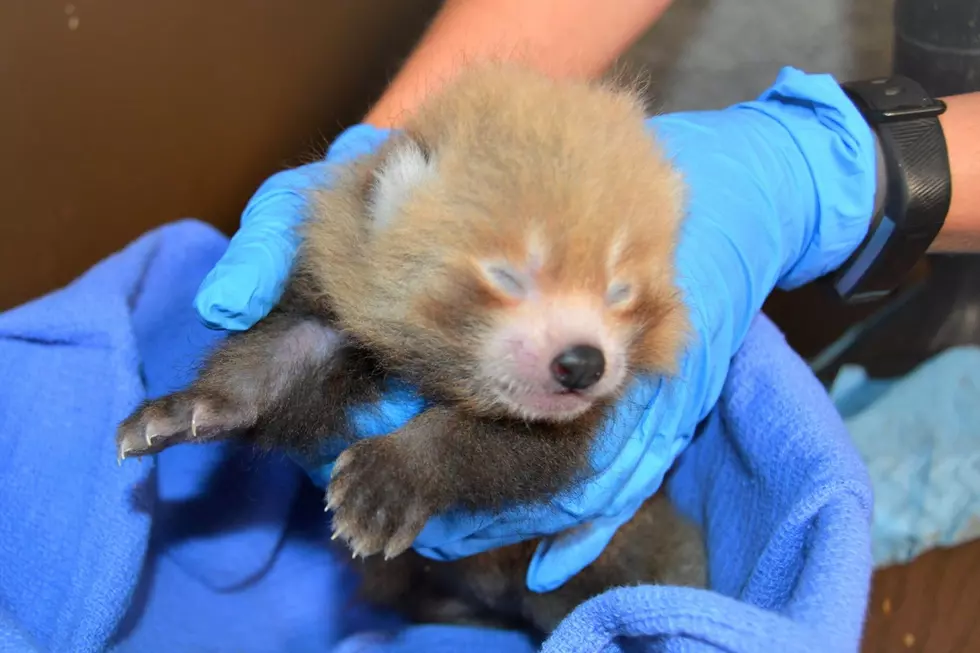
Zoo Body Measurement
8 20 pounds and about 2 feet in length. An example of an asymmetrical animal is a sponge. They are asymmetrical radial or bilateral in form as illustrated in figure 142. Any plane cut along its longitudinal. Radial symmetry as illustrated in figure 142 describes when an animal has an up and down orientation. They can weigh up to 990 pounds.
Sea otters need to eat nearly a third of their body weight each day. They also get treats for enrichment such as crayfish worms potatoes or yams. Body condition scoring bcs is a subjective measurement of an animals muscle definition and superficial fatty tissue. In this study we evaluated the application of thermal imaging to measure the body temperature of koalas phascolarctos cinereus in a zoo environment. Bcs for zoo animals bcs has been used for many years in the livestock industry to evaluate and improve the productivity health reproduction and longevity of herds. They grow up to 9 feet long and up to 55 feet high.
The aim of the study was to determine the body feature most suitable for recording a koalas body temperature using coefficient of variation scores. Asymmetrical animals are animals with no pattern or symmetry. Variable in size and weight depending on the breed. Animal body plans follow set patterns related to symmetry. Thats a lot of abalone. Thermal imaging technology has been used as a non invasive technique to measure the body temperature of various domesticated and wildlife species.
Body length of 4 5 inches and a wing span of up to 2 feet. Your lower waist is the widest part of your waist usually at the bellybutton or just below where weight. The otters at the san diego zoo are fed a fortified meat based commercial carnivore diet carrots and either squid or trout. The natural waist is the smallest point of your waist unlike where clothes waistlines are located these days and is usually an inch or two above your bellybutton. Measure the circumference around your natural waist and your lower waist two separate measurements.
Random Post
- accurate bra measurement
- mumaith khan body measurements
- jessica weaver body measurement
- brigitte bardot body measurement
- body measurement averages
- murli kumar body measurement
- body measurement tracker excel
- kim taehyung body measurements
- mr india body measurements
- tailor bra measurement
- body measurements according to height
- vishal aditya singh body measurement
- bra measurement mumsnet
- katie forbes body measurement
- mia body measurements
- bra size zodiac sign
- human body measurement dataset
- chris jericho body measurements
- the gym unlimited fitness & body composition measurements
- body weight measurement near me
- aditi bhatia body measurement
- sadia islam mou body measurement
- wdym body measurement
- body measurement of yash
- body fat measurement uk
- most accurate body fat measurement
- golden ratio body measurement
- bebe rexha body measurement
- body weight measurement machine
- eva longoria body measurement
- seolhyun body measurement
- average 13 year old body measurements
- owa body measurement
- mishti chakraborty body measurement
- neil nitin mukesh body measurement
- jisoo blackpink body measurement
- myla dalbesio body measurement
- body fat measurement tool amazon
- ana cozar body measurements
- how do i take my bra measurement
- body measurement lws
- body measurement hgb
- zahia dehar body measurement
- what do my body measurements mean
- halle berry body measurement
- natalia oreiro body measurement
- how body measurements are written
- body measurement guidelines
- male body measurement visualizer
- body fat caliper measurement locations








